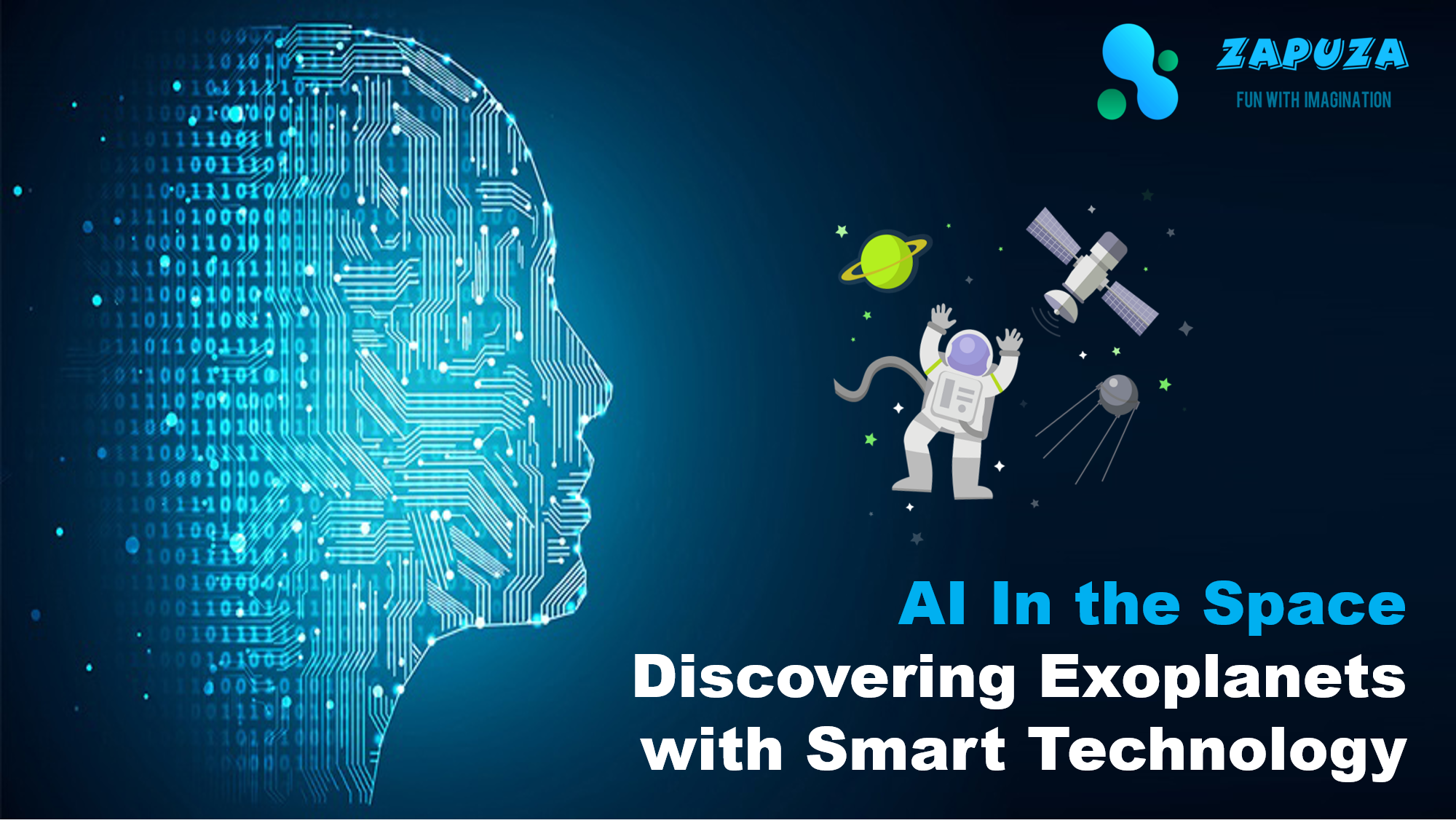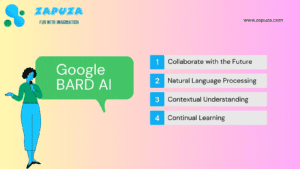Introduction
The search for planets beyond our solar system has always fascinated scientists and the public. In recent years, artificial intelligence (AI) has become a powerful tool in this pursuit. This article explores how AI is being used to study exoplanets in a way that’s easy for everyone to understand.

AI-assisted Exoplanet Discovery
Discovering exoplanets involves analyzing large amounts of data from space telescopes. AI has made this process faster and more efficient. With the help of machine learning algorithms, scientists can quickly search through the data and identify faint signals that indicate the presence of exoplanets. AI helps separate real planets from false alarms, speeding up the discovery of new worlds and expanding our knowledge of the universe.
AI-driven Exoplanet Characterization:
Once an exoplanet is discovered, understanding its properties becomes important. AI plays a big role here too. By using machine learning algorithms, scientists can analyze data collected from telescopes to learn about the composition and atmosphere of exoplanets. These algorithms study the light passing through an exoplanet’s atmosphere during a transit, helping scientists identify signs of water, methane, and other molecules. This helps us understand what these distant planets are like and guides future exploration.
Enhancing Exoplanet Classification
As we discover more exoplanets, classifying them becomes important. AI, especially machine learning, helps with this task. Scientists train algorithms on known exoplanets to create models that can categorize newly discovered planets based on their size, composition, orbit, and other factors. This classification system helps us identify potentially Earth-like planets and improves our understanding of their potential for supporting life.
AI-assisted Target Selection for Follow-up Observations
Studying exoplanets in more detail requires follow-up observations. However, resources are limited, making it challenging to choose which exoplanets to focus on. AI techniques, like machine learning, come to the rescue. Algorithms analyze various factors such as the size of the planet, its distance from the host star, and its atmosphere to prioritize and rank potential targets. This AI-powered selection process helps astronomers make informed decisions and optimize the use of their observation resources.









